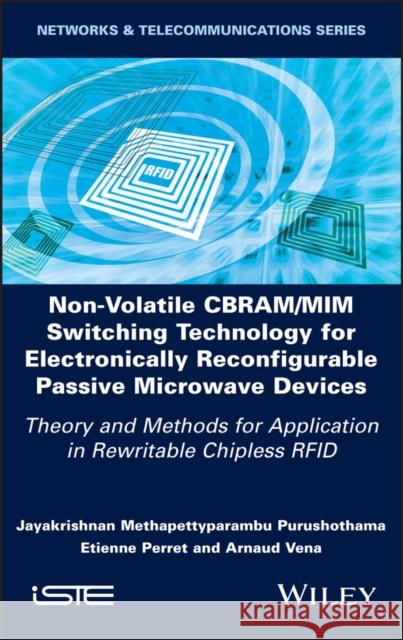Non-Volatile Cbram/MIM Switching Technology for Electronically Reconfigurable Passive Microwave Devices: Theory and Methods for Application in Rewrita » książka
topmenu
Non-Volatile Cbram/MIM Switching Technology for Electronically Reconfigurable Passive Microwave Devices: Theory and Methods for Application in Rewrita
ISBN-13: 9781786308139 / Angielski / Twarda / 2022 / 224 str.
Non-Volatile Cbram/MIM Switching Technology for Electronically Reconfigurable Passive Microwave Devices: Theory and Methods for Application in Rewrita
ISBN-13: 9781786308139 / Angielski / Twarda / 2022 / 224 str.
cena 757,55
(netto: 721,48 VAT: 5%)
Najniższa cena z 30 dni: 719,89
(netto: 721,48 VAT: 5%)
Najniższa cena z 30 dni: 719,89
Termin realizacji zamówienia:
ok. 16-18 dni roboczych
Dostawa w 2026 r.
ok. 16-18 dni roboczych
Dostawa w 2026 r.
Darmowa dostawa!
Kategorie:
Kategorie BISAC:
Wydawca:
Wiley-Iste
Język:
Angielski
ISBN-13:
9781786308139
Rok wydania:
2022
Ilość stron:
224
Waga:
0.47 kg
Wymiary:
23.39 x 15.6 x 1.27
Oprawa:
Twarda
Wolumenów:
01











